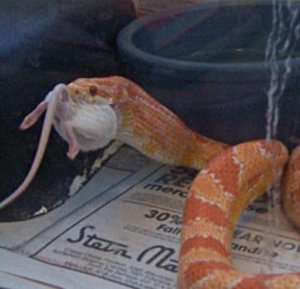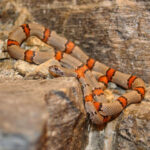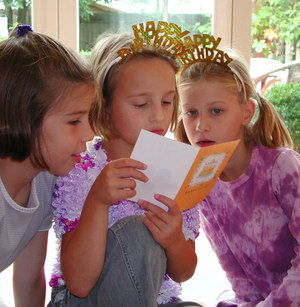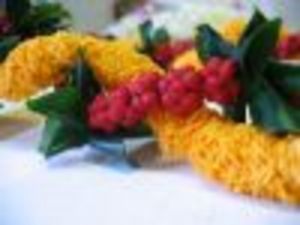Many people, when shopping for pet snakes, consider the corn snake. These snakes, also known as red rat snakes, are constrictors like their relatives the boa and the python. Unlike their relatives, however, corn snakes typically reach a maximum length of six feet long and a maximum width of two fingers. For potential pet owners, owning a corn snake allows them the luxury of occupying space with a gorgeous exotic reptile, without the fear that comes with potential dangers associated with the corn snake’s larger cousins. Never will there be any horror stories about a corn snake eating an owner’s dog.
But what do they eat and how often do they eat? Those are the types of questions a lot of first time corn snake owners have. As the corn snake is a great introduction to snake ownership, many first time owners have never had dealings with reptiles and are unsure about the feeding procedure.
Fortunately, corn snakes are the probably the least picky of all snake eaters. The little guys live up to their red rat snake reputation by enjoying rodents. This means, of course, that they must be fed rodents, not crickets or any other type of insect. Even as a small hatchling, corn snakes should be fed a diet of mice. When the snakes are young, they’ll need to be fed “pinkie” mice. Pinkie” mice are the hairless baby mice that can easily be purchased from the pet store. If the pet store sales snakes, they’ll have pinkie mice for sale, as well.
The biggest decision to make when feeding the corn snake, particularly a baby corn snake, is whether to feed it live or frozen bait. Most pet owners choose to feed their snakes live, squirmy pinkie mice, and this will not be a problem when both the hatchling and the mice are little. As the snake grows, however, so will the size of its food, and adult mice fight back against the snake. Adult corn snakes are quite capable of taking care of the mouse, but will sometimes sustain injuries from battling their prey.
This is perfectly natural, and something that wild corn snakes deal with all the time. But if the pet owner wishes to spare their snake from doing battle with their prey, then the best thing to do is purchase a hatchling and feed it frozen mice from the start. If fed fresh bait as babies, many corn snakes will have difficulty adjusting to frozen snakes as an adult. To avoid raising finicky eaters, corn snakes’ feeding habits should be established early.
If feeding corn snakes frozen bait, sometimes even hatchlings are unwilling to eat at first. To further entice the corn snake into eating the frozen mouse, simply warm the mouse up by placing it in a bowl of warm water for a few minutes before putting it in the cage with the corn snake. If that doesn’t work, sometimes puncturing the head of the mouse before putting the prey into the cage will. This will help spread the smell of the frozen mouse throughout the cage which will likely draw the snake’s attention to the prey.
Whether fed live bait or frozen treats, the baby corn snake will eat one pinkie mouse per week. As the snake grows, this may increase to either two small mice or one large mouse. Most thrive on a large mouse once a week, but some refuse to eat the larger prey and need to be fed two smaller ones. Picking the size of the prey is very important, because corn snakes will regurgitate their meals if they eat too much for their system to handle. A good general rule of thumb to remember in order to avoid the corn snake regurgitating its food is to pick a mouse that is no larger than the widest part of the snake.
Two additional general precautions should be taken when feeding the snake. One, do not handle the mouse excessively and then handle the snake. The corn snake will smell the prey on its owner’s hand and this can lead to biting. While not venomous, a corn snake bite can hurt, and this is to be avoided whenever necessary. A thorough hand washing should come after handling the prey and before handling the snake.
Secondly, after the snake has eaten, the corn snake itself should not be handled or bothered for up to 24 hours. This will also help to reduce regurgitation.
Though other snakes can be wonderful pets, corn snakes are docile and friendly snakes, making them ideal for both the inexperienced snake owner and seasoned pros. Still, as with any pet, if there seems to be additional problems with the corn snake, consult either the breeder or a local veterinarian. Changes in the snake’s eating habits can be sign of potentially serious health problems.





